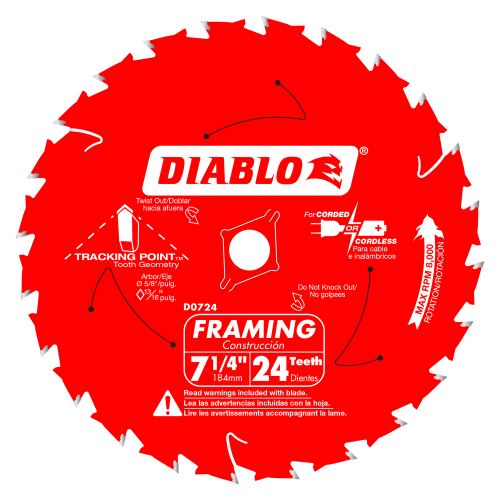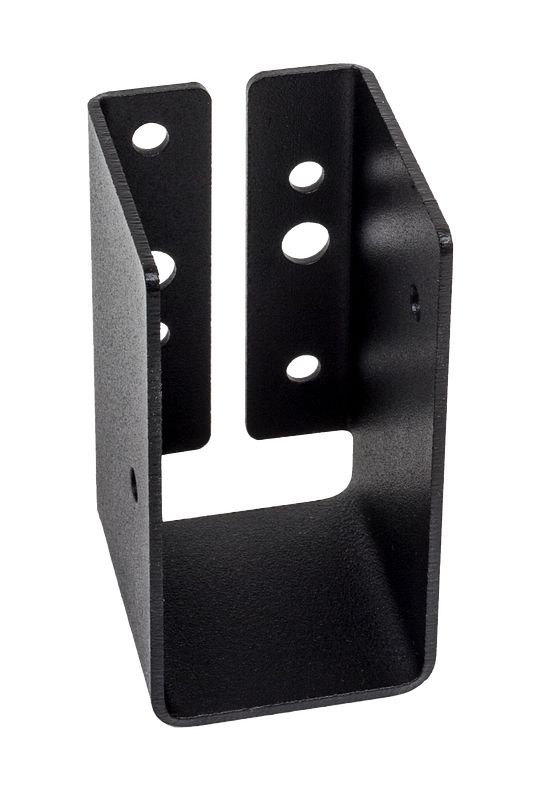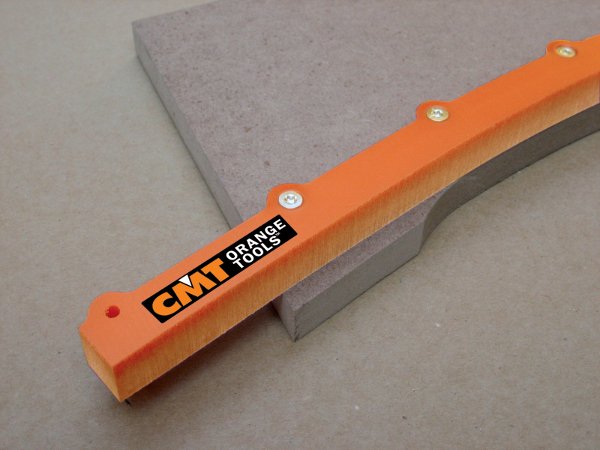When dealing with bolts, one of the crucial aspects that often goes unnoticed is the significance of bolt head markings. These markings, usually found on the top of the bolt head, play a pivotal role in determining the bolt's grade, strength, and manufacturer. Understanding these markings can aid in ensuring the integrity of structures and the safety of projects. This article will explore the common types of bolt head markings and shed light on their meanings.
Understanding the Purpose of Bolt Head Markings
Bolt head markings serve multiple purposes. Primarily, they denote the manufacturer's identity, allowing traceability, especially if issues arise with specific batches of bolts. Additionally, these markings often represent the grade and strength of the bolt. This becomes particularly important when working on projects that require bolts to withstand specific tension and shear values.
Manufacturer's Markings
Typically, one will find a unique symbol, letters, or a combination of both on the bolt head. These are trademarks of the manufacturer, ensuring traceability. If a bolt performs exceptionally well or, conversely, causes issues, the manufacturer's mark aids in identifying the source.
Grade and Strength Indicators
Apart from the manufacturer's mark, bolts often have numbers or additional symbols that indicate their strength and grade. For example:
- Metric Bolts: These might have markings like 8.8, 10.9, or 12.9. Here, the number before the decimal indicates the bolt's tensile strength, while the number after the decimal represents the yield strength. So, an 8.8 marking would indicate a tensile strength of 800 MPa and a yield strength of 640 MPa (80% of 800).
- SAE Grade Bolts: These are common in the US and use a different grading system. They might have radial lines or numbers. For instance, three radial lines indicate a Grade 5 bolt, while six lines would mean a Grade 8 bolt. The more lines or the higher the grade number, the stronger the bolt.
Stainless Steel Markings
Stainless steel bolts come with their own set of markings. These could be numbers like 304 or 316, which essentially indicate the type of stainless steel used. The presence of such a marking means the bolt offers higher corrosion resistance, making it ideal for specific environments.
Deciphering Other Markings
In addition to the grade, strength, and manufacturer's mark, there could be other markings that indicate specific properties:
- L: Indicates a bolt with a low-temperature rating.
- Y: A bolt that has been heat-treated.
- M: A bolt made with atmospheric corrosion-resistant steel.
Such markings assist in identifying the right bolt for specific applications, ensuring the longevity and integrity of the built structure.
The Importance of Recognizing Bolt Head Markings
The right bolt can make a world of difference in construction and repair tasks. By understanding bolt head markings, professionals can ensure that they are using bolts with the appropriate strength and corrosion resistance for their projects. Furthermore, in scenarios where bolt failure is observed, the manufacturer's mark provides a quick way to trace back to the source, facilitating swift corrective action.
It is always recommended to use bolts in conjunction with quality mechanical anchors and fasteners and power tools. This ensures not only the correct installation of the bolt but also guarantees that the bolt's strength is complemented by the surrounding fixtures.
Bolt head markings, though small and sometimes overlooked, carry significant importance. They act as a quick reference guide, ensuring that professionals and enthusiasts alike can make informed choices, guaranteeing the safety and durability of their projects. As the saying goes, "The devil is in the details," and in the realm of construction, these details are encapsulated in the markings on a bolt's head.






